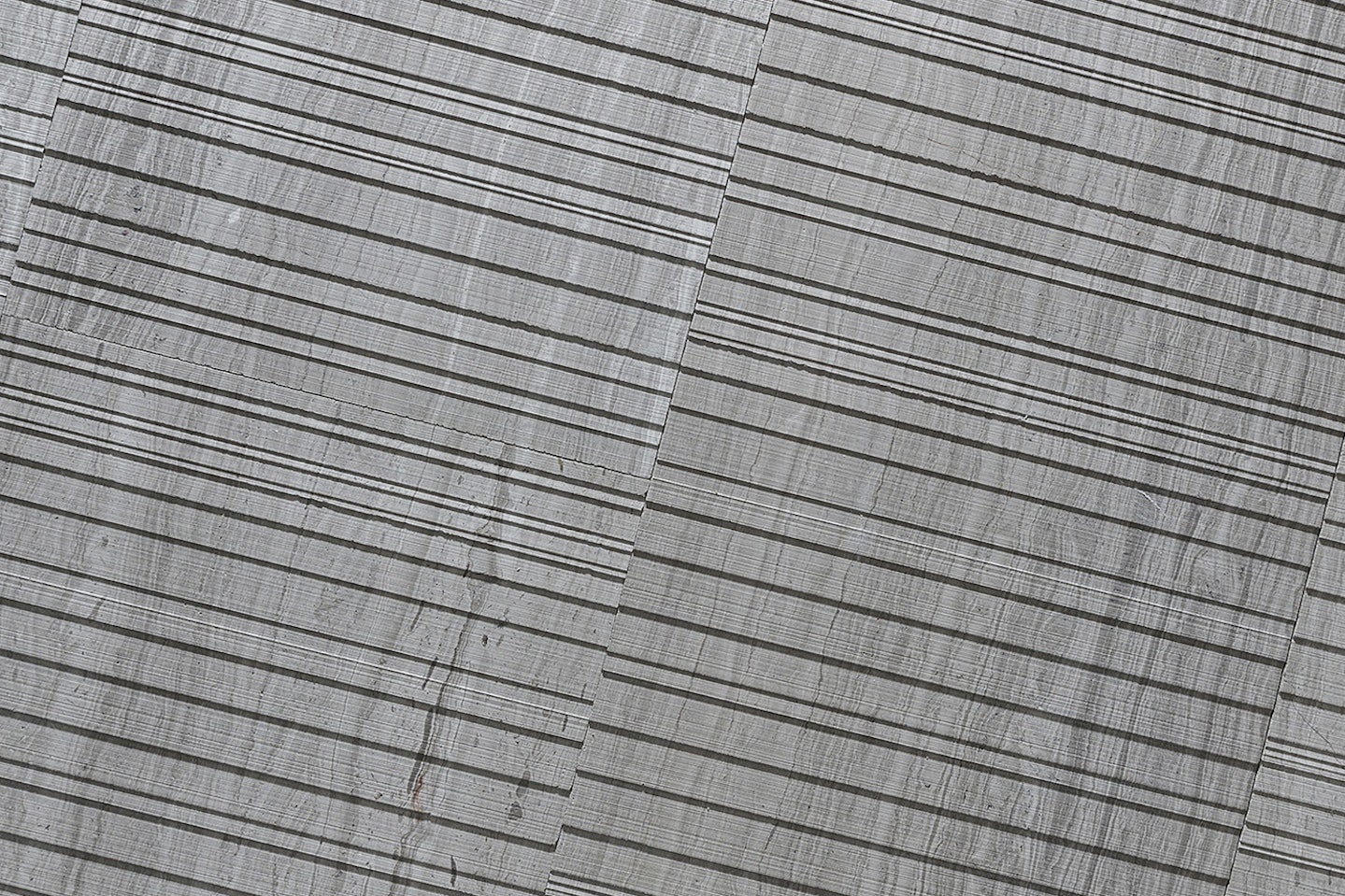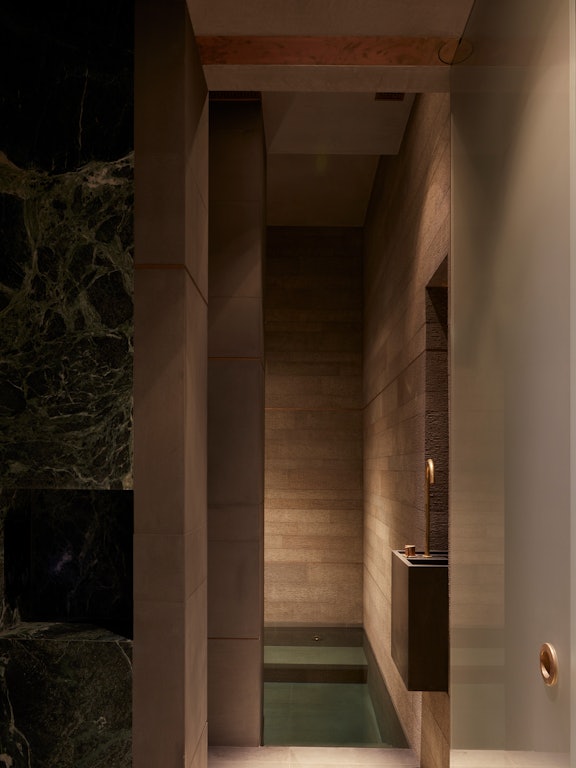3 basic rules for developing the ideal construction site
03.2022
Learn 3 basic rules and develop you ideal construction site
If you are about to embark on building or renovating a property, you are, in effect, creating a mini-world with a host of different players, from builders to plumbers to electricians, and it’s important to get them all working in harmony.
There are a myriad of details to think about, and long, complex lists of things to check, action and organise. From a macro point of view, however, it’s useful to keep 3 key considerations in mind from the very start.
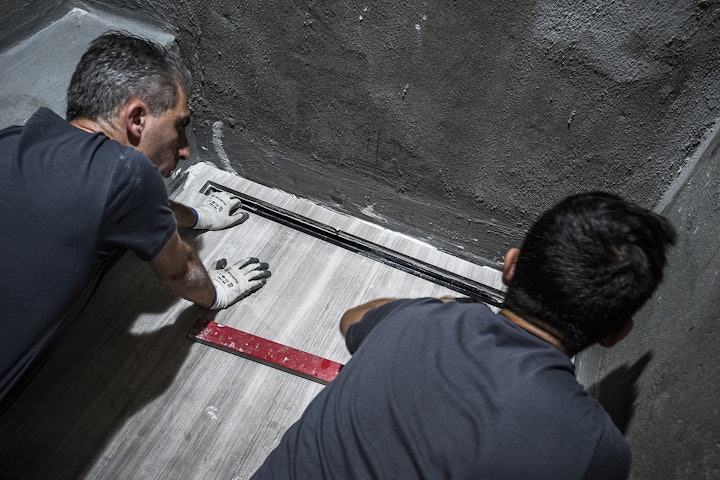
Have a clear picture of the overall organisation
The crucial things to identify here are the period in which the works will be carried out, the length of time required for completion, the number of workers and/or tradespeople who at any time will be present on site and how the site should be set up to best cater to logistic requirements and create a working environment that is not only safe and hygienic from a regulations perspective but is comfortable to move around in and offers flexibility.
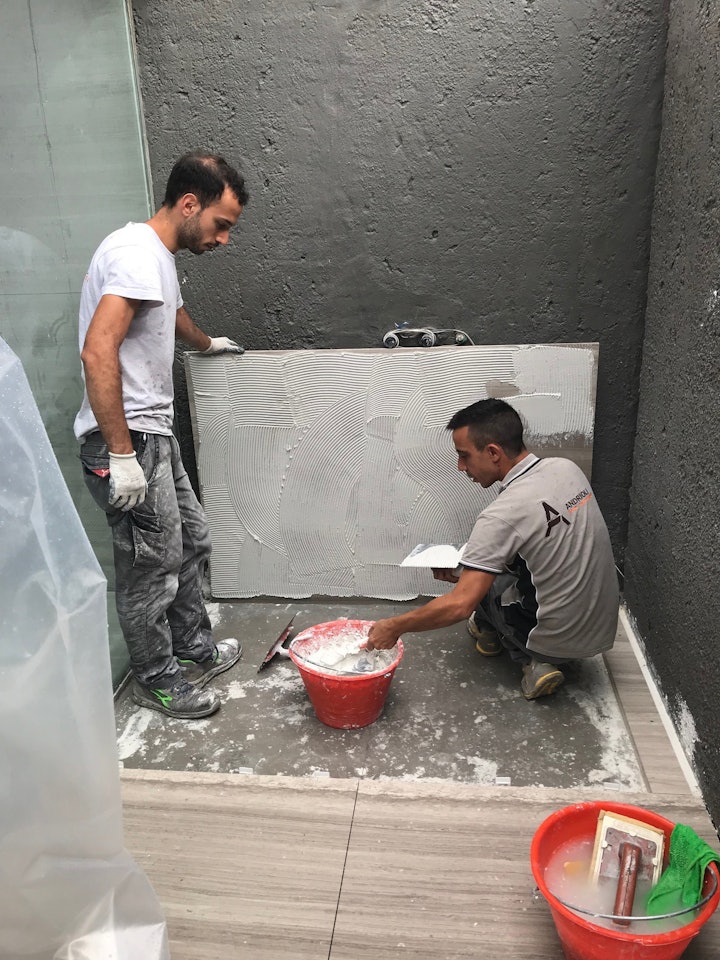
Fence off the total site and various work areas
So that there is no misunderstanding as to where the site begins and ends, fencing off the area is a fundamental aspect. This obviously also serves to keep out any unwelcome visitors.
This is particularly important if the site is in an area with frequent passers-by or an apartment complex or similar situation where other properties are adjacent, above or below the building in question. Demarcation lines may take the form of a temporary wall, tape or concrete or wooden blocks. Of course, there should also be clear, easily visible signage with the appropriate warning signs.
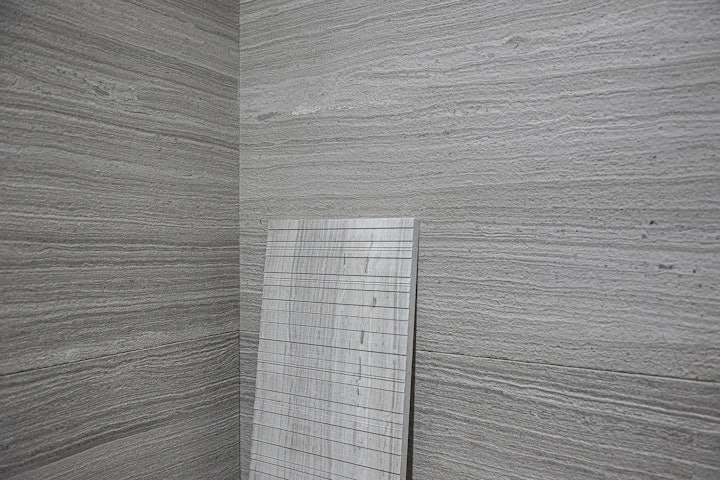
Cleanliness and order
Inevitably there will be plenty of rubble and debris to remove, and some sort of winch or hoist will be needed. If you need to lift materials to non-ground floor levels, a similar piece of equipment is indispensable, or you may opt for a rubbish chute, making for easy disposal of garbage directly from where you are working into a skip or other type of container.
Any transit area should be kept clear of materials to facilitate movement and reduce injury risk.
A good practice to follow is to always cover any areas where you are not working with non-woven material, cardboard or hardboard to protect flooring, furniture or other elements.
Images taken before 11 March 2020
